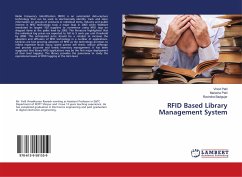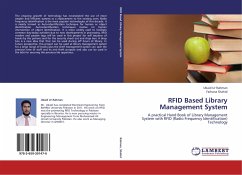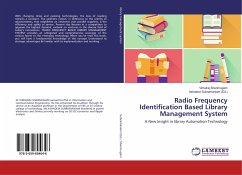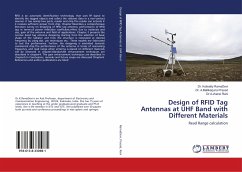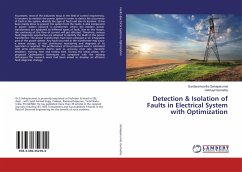Radio Frequency Identification (RFID) is an automated data-capture technology that can be used to electronically identify, track and store information on groups of products or individual items. Industry and public interest in RFID technology took a major leap in 2003 when WalMart mandated its largest 100 suppliers to commence using RFID tags on shipped items at the pallet level by 2005. The literature highlighted that the individual tag prices are expected to fall to 5 cents per unit threshold by 2008. This anticipated price should be a catalyst to increase the adoption and diffusion of RFID technology in a number of applications. Libraries are fast growing adopters of RFID as the technology promises to relieve repetitive strain injury, speed patron self check, reduce pilferage and provide accurate and timely inventory management. It has been suggested that library RFID applications may be the first major deployment of item level tagging. The library provides the panorama to study the operational issues of RFID tagging at the item level.

